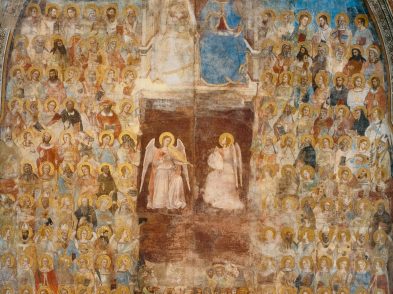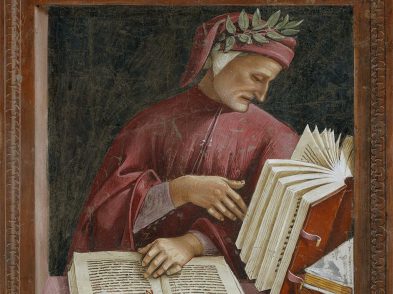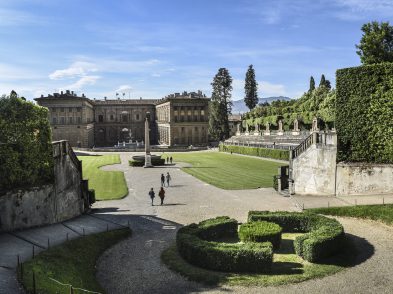Josephine Rogers Mariotti
Florence, Edizioni Polistampa, 2009
12 euro
What is it about the Mona Lisa that keeps people talking-and publishing books-500 years after the fact? Is it the ambiguous smile? The mysterious identity? An obsession with all things da Vinci? At a time when Leonardo ‘literature’ and Mona Lisa theories hit the shelves with stunning rapidity, it’s not always easy to separate the plausible from the downright outrageous. However, when Josephine (Jodi) Rogers Mariotti, an American art historian and popular university professor, published a slim volume titled Monna Lisa: La ‘Gioconda’ del Magnifico Giuliano, my interest was piqued. Leonardo and the Medici was a combination too good to resist.
Leaving the ‘smile question’ to others, Mariotti takes on the enigma of the Mona Lisa’s identity by reconciling two different theories. The result is a scholarly yet concise hypothesis filled with just enough of those elements that make any Leonardo/Medici tale worth reading-politics, intrigue and local Florentine beauties.
Two sixteenth-century accounts have continued to baffle scholars seeking resolution to the mystery of the unidentified woman in Leonardo’s portrait. The first account is that of Antonio de Beatis, secretary to Cardinal Louis of Aragon, who maintained that he saw a portrait commissioned by Giuliano dei Medici (son of Lorenzo il Magnifico) in Leonardo’s studio in 1517. The second account belongs to historian (or Renaissance gossip journalist, depending on one’s perspective) Giorgio Vasari, whose Lives of the Artist identifies the woman in the painting as Mona Lisa del Giocondo, wife of Francesco del Giocondo, a wealthy Florentine cloth merchant. Until now, the two accounts were thought to involve two separate paintings as no one could plausibly answer why Giuliano de’ Medici would have commissioned a painting of another man’s wife for his own collection.
Mariotti maintains that the answer might be simpler (and less adulterous) than originally thought. While completing research in the archives of the Sant’Orsola convent in Florence, she uncovered documents that inextricably linked Francesco del Giocondo to Giuliano de’ Medici. Mariotti came across a thick book of expenses kept by Giovanni de’ Medici (who would later become Pope Leo X) from 1512 to 1513. The ledger, which outlined the Medici family expenditures on everything from palace renovations, to clothes and ransom payments, contained specific references to cloth trader Francesco del Giocondo as one of the ‘55 of 1512′-a group of supporters handpicked by the Medici to help finance their government. According to Mariotti, the convent of Sant’Orsola was a privileged place for the Medici, and was also frequented by Francesco del Giocondo. Once a close financial and social connection between the two men was established, Mariotti posited a sort of Petrarch/Laura theory that sees Francesco’s wife as Giuliano’s muse as he would have used her image during exile to meditate on his beloved Florence.
Those hoping for a juicier hypothesis need only read further accounts of Giuliano’s notable sexual exploits, including in 1514 a three-day tryst with a variety of women in the Palazzo Medici-Riccardi. His strenuous activities were such that they required a trip to the hot springs to properly ‘recover.’








